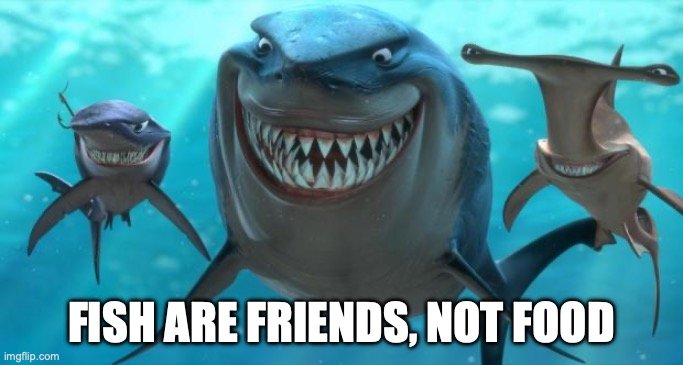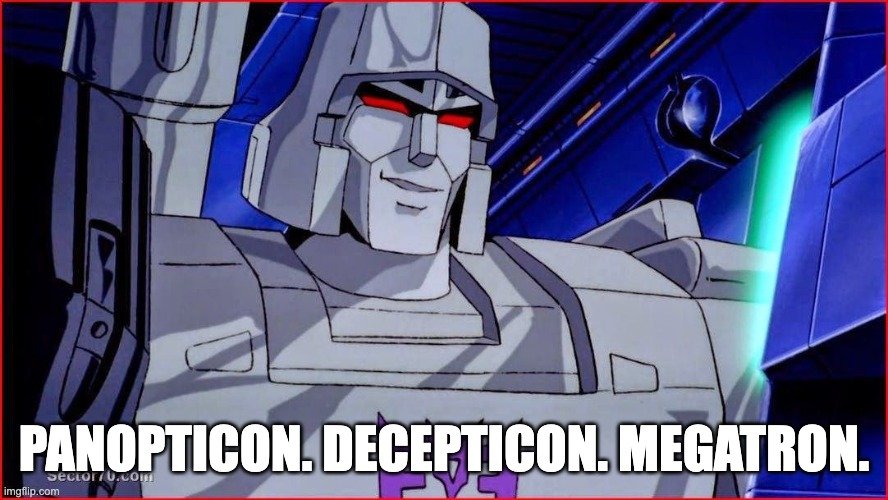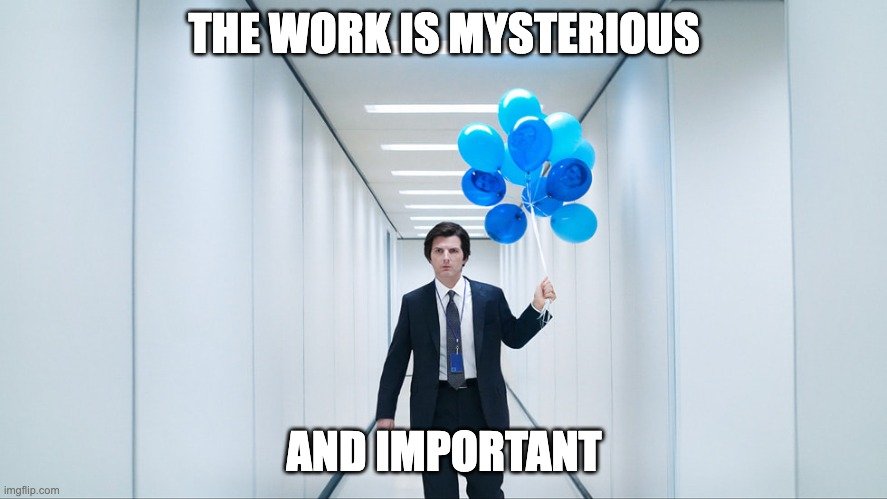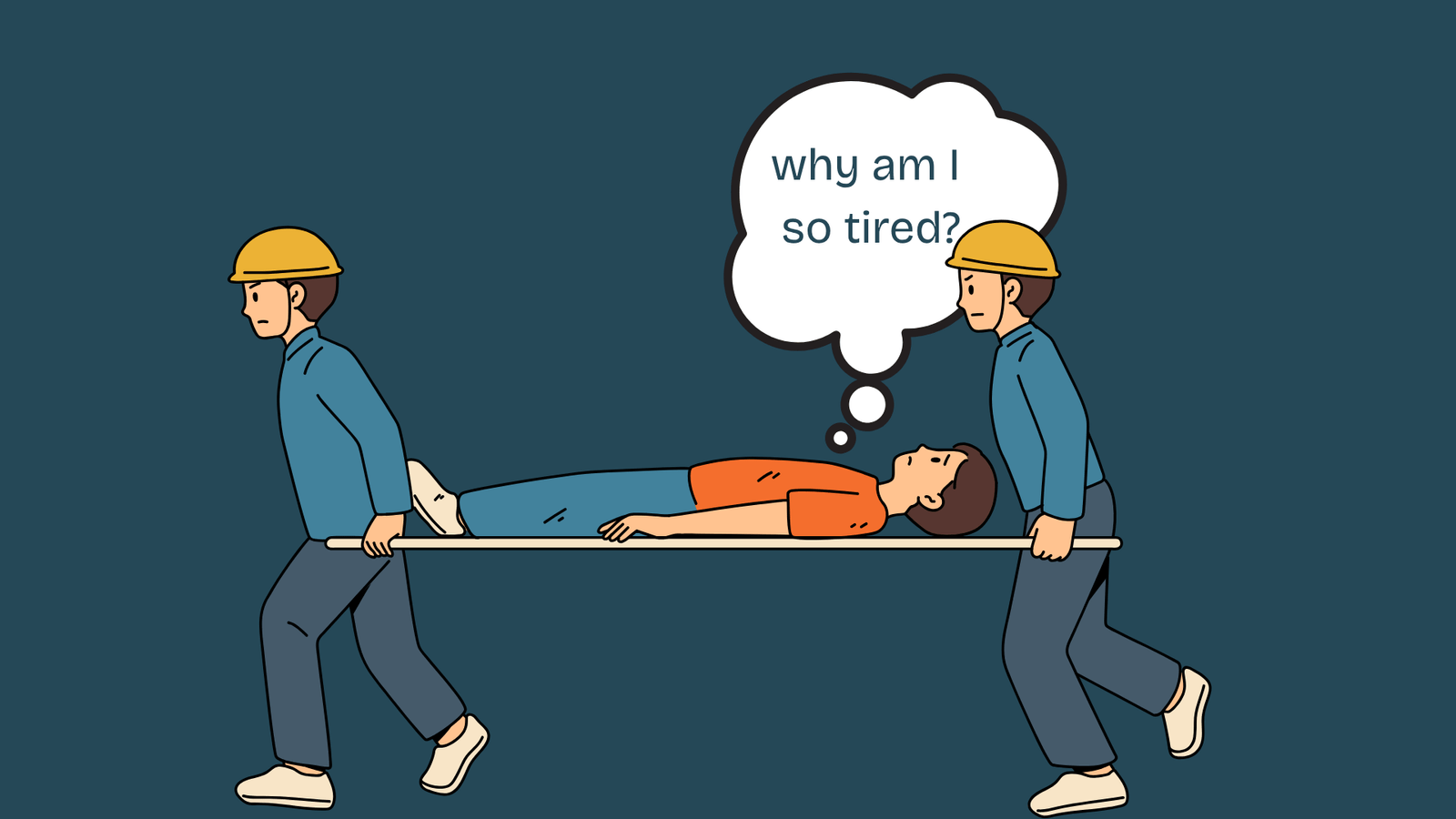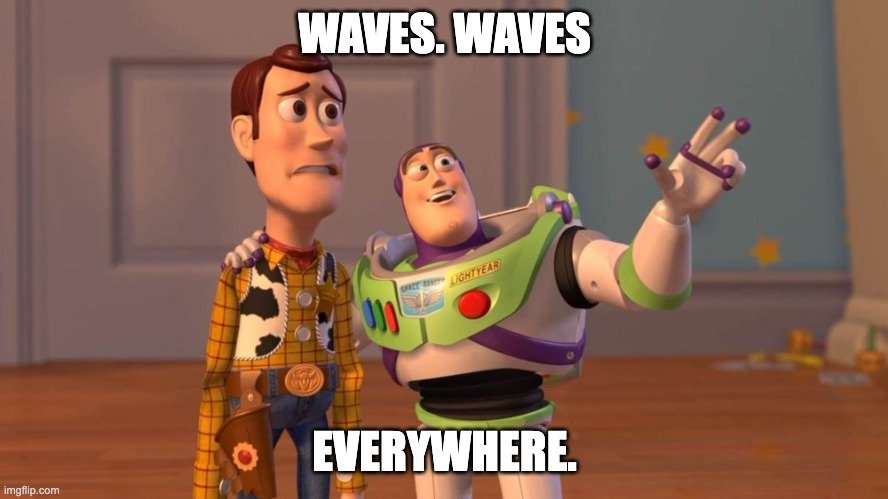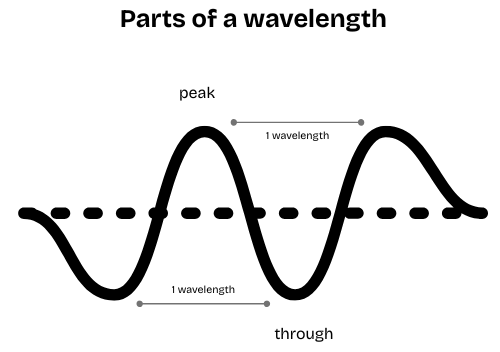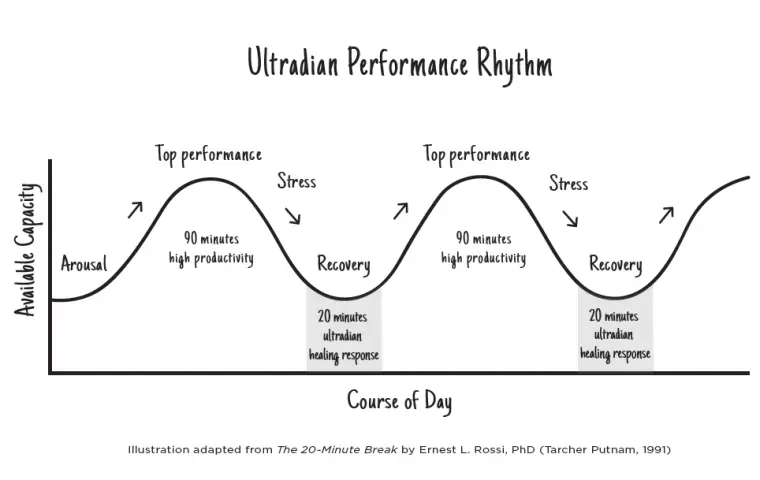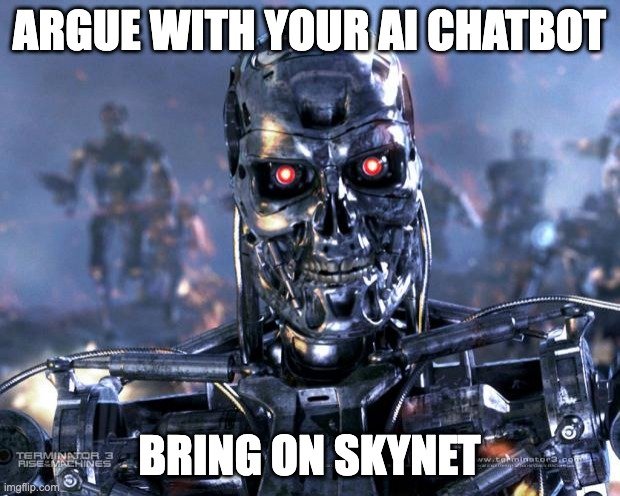AGILE IS DEAD. WE KILLED AGILE.
Today, i have aged significantly. Some days can do that to you. Why? It’s when leaders, new or old, introduce complications to sprints. I’m not sure when we started moving away from true Agile. People tell me that Agile is dead. And i tell them because we killed it. We pummeled it with rigid standardization, complications and for introducing bad Scrum routines and events. When we did that, we effectively departed from the manifesto. And started this whole enshittification of every tech and process we laid our hands on.
What used to be our elegant ability to ship new things became an ISO slog. Document. No loose ends. Dot every i. Cross every t. We started to create Kanban boards that resembled these papers pinned to a fridge. Next thing you know, your fridge is a vertical filing cabinet. We conflated clarity and awareness for overzealous information load. As if we can all memorize multiple customer stories. As if training is a newfound magic potion. Voila, you are trained and perfect. Bestowed with all knowledge. I unleash you to the wild.

But all of that is devoid of natural flow. Teams who insist on exhausting all scenarios before launch isn’t being risk-aware. It’s fear masking as prudence. Leaders introduce “scope creeps” prematurely. This then becomes a misguided exercise in control rather than delivery. Often i see this as leaders projecting their own fears onto the project. They say they represent customers or agents. But when you actually ask customers and agents, those fears are misrepresented.
PROCESS = PERFECTION IS A HEART ATTACK WAITING TO HAPPEN
Here in the Philippines, we’ve caught this ride-or-die obsession with process perfection. “Teki, but what if this happens…? What if that happens?” It’s not because you’re wanting to dodge questions, but entertaining each and every inane one is an exercise in insanity. Go, touch grass people.
Like the past few months i have seen team leaders and analysts go down rabbit holes. Of their own creation. They created the monster in the first place. It would have been better if every monster was like Mike Wazowski or Sulley. But it’s like scaring Boo with Chuckie and his bride. Let’s say we go the path of full blown information. The same people asking for wholesale cognitive loading are the same people who will say they are overwhelmed. See? We create our own monsters.
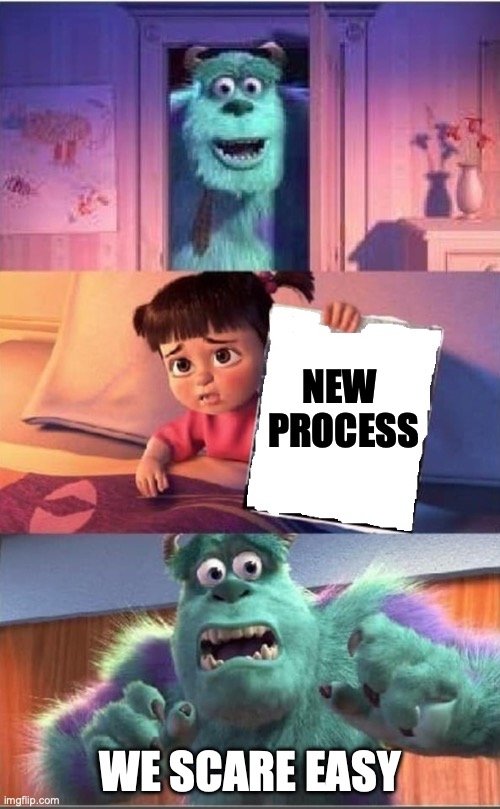
There’s this obsession of “i need to know everything before we move forward”. Meetings have now become like “Pokemon gotta catch them all” cards. They want to simulate all scenarios which misses the whole MVP entirely. Or there’s that one or two team leaders who crater the entire project with complaints masquerading as questions . Not that we’re banning questions. But we need to stop being paralyzed with scenarios that aren’t going to cover your top 20%. We fail also to Pareto these problems at the onset now. Especially if you are only preparing for a soft launch. Even if the very specific, yet trivial answer you’re looking for doesn’t exist yet. Why? Because it’s in the far far (very far) later pile of your “Now, Next, Later” project pipeline. Priorities, be damned.
Instead of asking “what’s missing”, the better question to ask is “what’s ESSENTIAL for us to move forward?”
LEARN FROM FOURIER, NOT THE FUHRER.
When i was in college in the mid 90’s, i was fascinated with our Physics optics class. The professor showed us how clarity is created by adding more pixels to a picture. Yet the greater takeaway from that is that you don’t need total fidelity to the original image to understand what the picture is about.
Even if some pixels are missing, Fourier Transform “fills” the gap. Instead of analyzing all the raw pixel data in an image, we analyze the underlying frequency components. So even if you don’t capture every detail, you can still reconstruct a usable, recognizable version of the original signal by keeping only the most dominant frequencies.

This is what compression is all about. Take audio. You don’t need lossless music all the time. Perhaps that’s for discerning audiophiles with the ability to store them big music formats. Even with lossy compression, you can still enjoy the sound and a smaller file size. It ain’t heavy to carry. Plus you have more space to store more songs (especially if you’re the kind who still owns an iPod or, like me, a Sony Walkman.)
HOW WE LEARN TO FILL GAPS IS A WONDERFUL SKILL
It’s the same thing in learning and training. You don’t need to have all the information to understand something.
Read this: ”f u dnt gt dis by nw, u shd gt ur eyes chckd.”
See how your brain filled that gap?
Our team members are going to be the same. They will fill that gap, even if it’s a bit substandard at first. Because you’d rather they learn adaptability than spoon-feeding them all the answers. The value also here is that we don’t have to teach people what the answers are. You teach them to find the answers for themselves.
Our projects are the same. Feedback that comes naturally lends itself to better flow. One of the rules in life that i had learned the hard way: if you have to force anything by cramming, you are destroying flow, if not your peace of mind.
DON’T EAT THE ELEPHANT WHOLE
Sprint projects are not just there for speed. They are there for simplicity. But simplicity doesn’t mean splendid all knowing clarity. Simplicity means focusing only on what is essential now. That the scope is narrow enough for you to complete. The definition of done.
Somebody told me this in the past: You can’t eat the elephant whole. (Although i wonder if they taste good.). You need a manageable chunk that you can chew on. Enjoy the meal and go from there.
Life is kind of like that too. Sometimes you need to enjoy an apertif or an appetizer before you gorge on a grand meal. I’ve seen people with bad GERD. Great projects are like elegant food. Too much and it’s cloying. Too often and it’s a medical condition.
So resist the temptation to gorge and let’s stop exacting needless information. It doesn’t make anyone smart. It makes us woefully dull.
